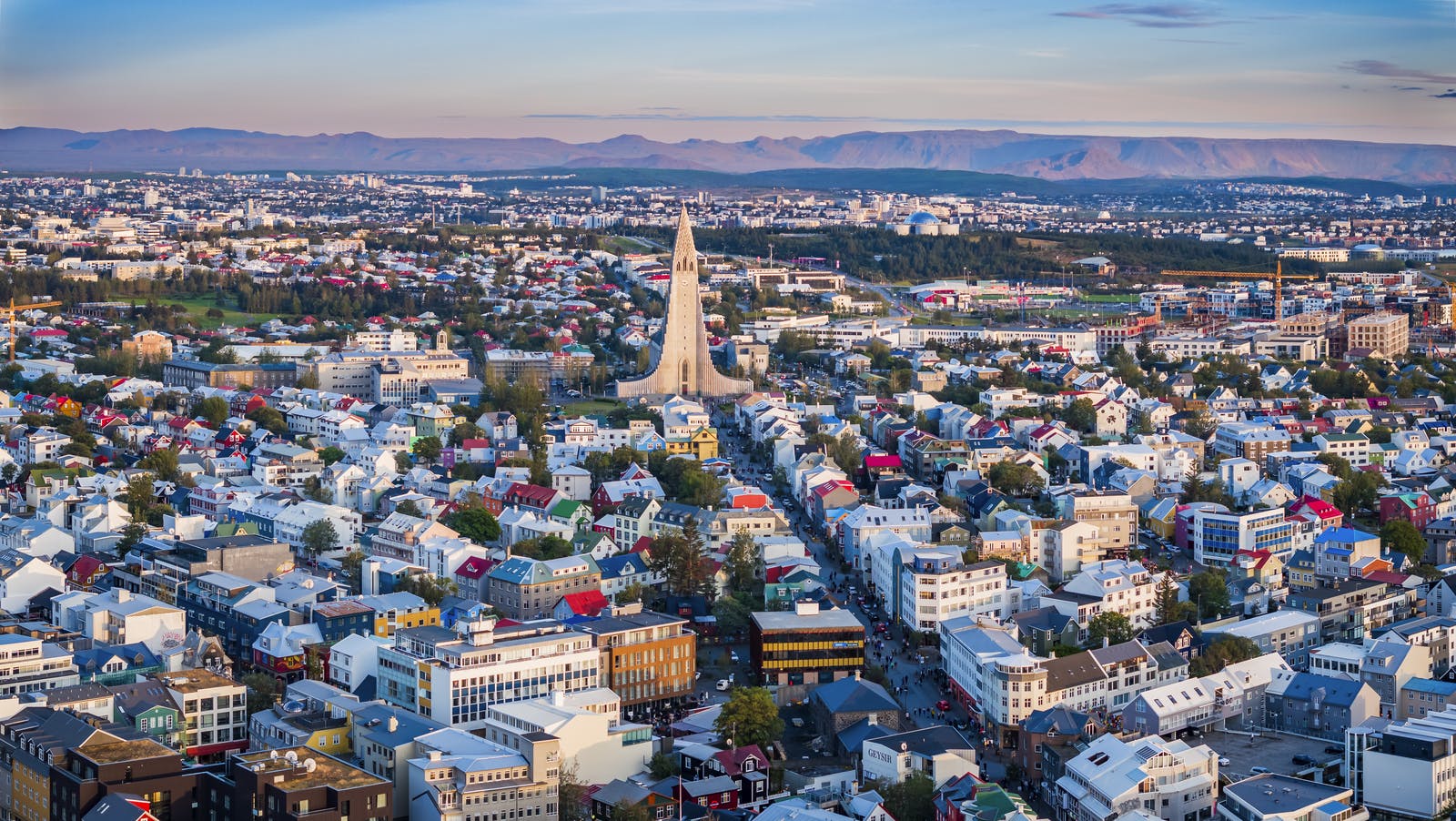
Things To Do In Reykjavík In June
If you're visiting Iceland's capital city in June, then you've made a very good choice! There's no shortage of things to do in Reykjavík at this time of year, and visitors get to experience a striking phenomenon which results from Iceland sitting so high up on the globe: the midnight sun.
At the solstice on June 21st, the sun dips just below the horizon at midnight and reappears only three hours later, with the sky in between forming a dusky twilight rather than proper nighttime. The stretched days that Iceland experiences throughout June, some 20 to 21 hours long, provide amazing opportunities to see more of the sights during your time with us.
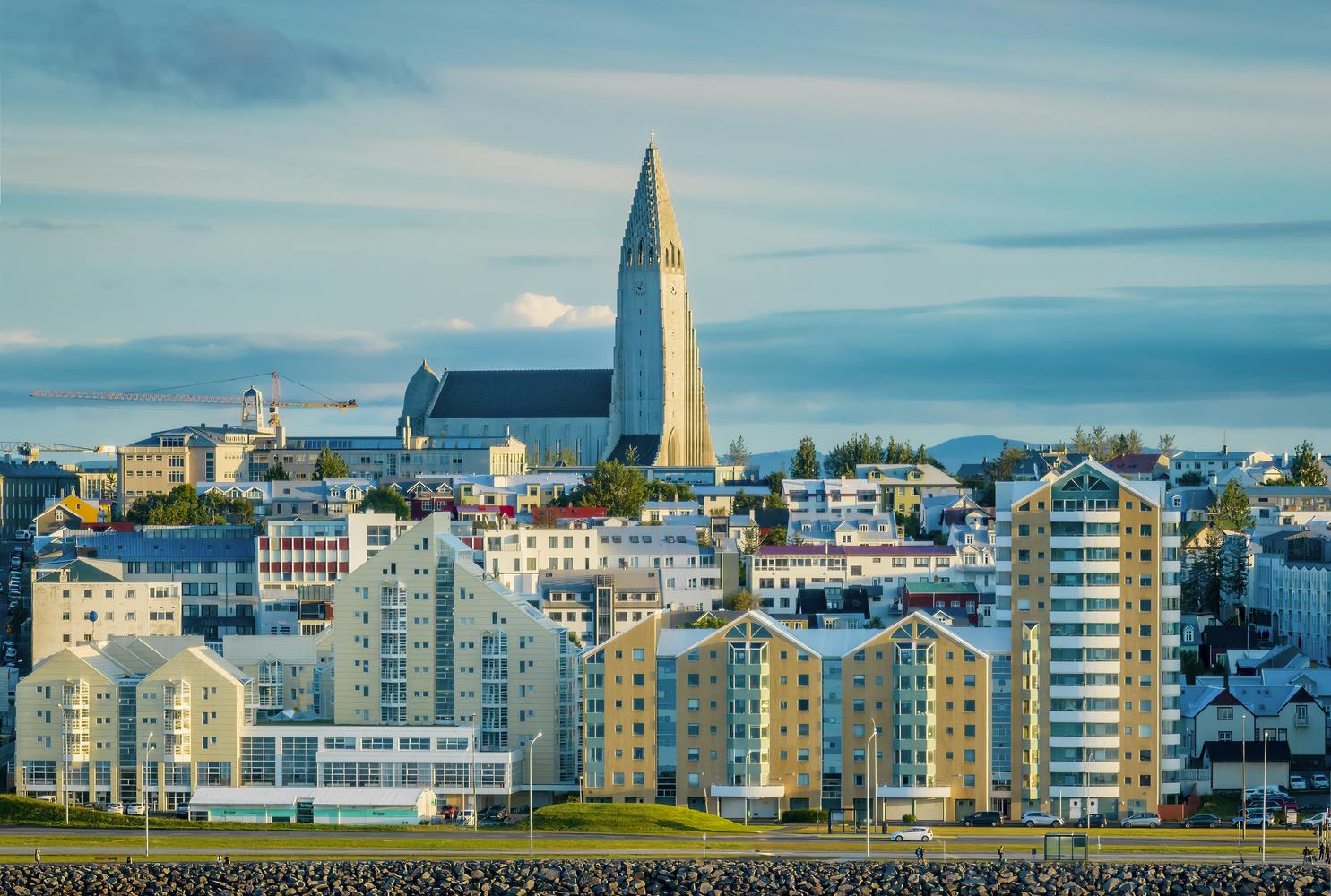
National Day of Iceland
Iceland became an independent nation on June 17th, 1944, after centuries of rule by Norway and Denmark. Ever since, the country has celebrated this date with Þjóðhátíðardagurinn, the Day of National Celebration.
In Reykjavík, you can enjoy:
- Parades led by marching bands
- Street festivities around the city centre
- A ceremony at Alþingi, Iceland’s parliament
- The appearance of Fjallkonan (Lady of the Mountain), symbolising Icelandic heritage
If you want a meaningful cultural experience, add June 17th National Day celebrations to your list of must-see things to do in Reykjavík in June.
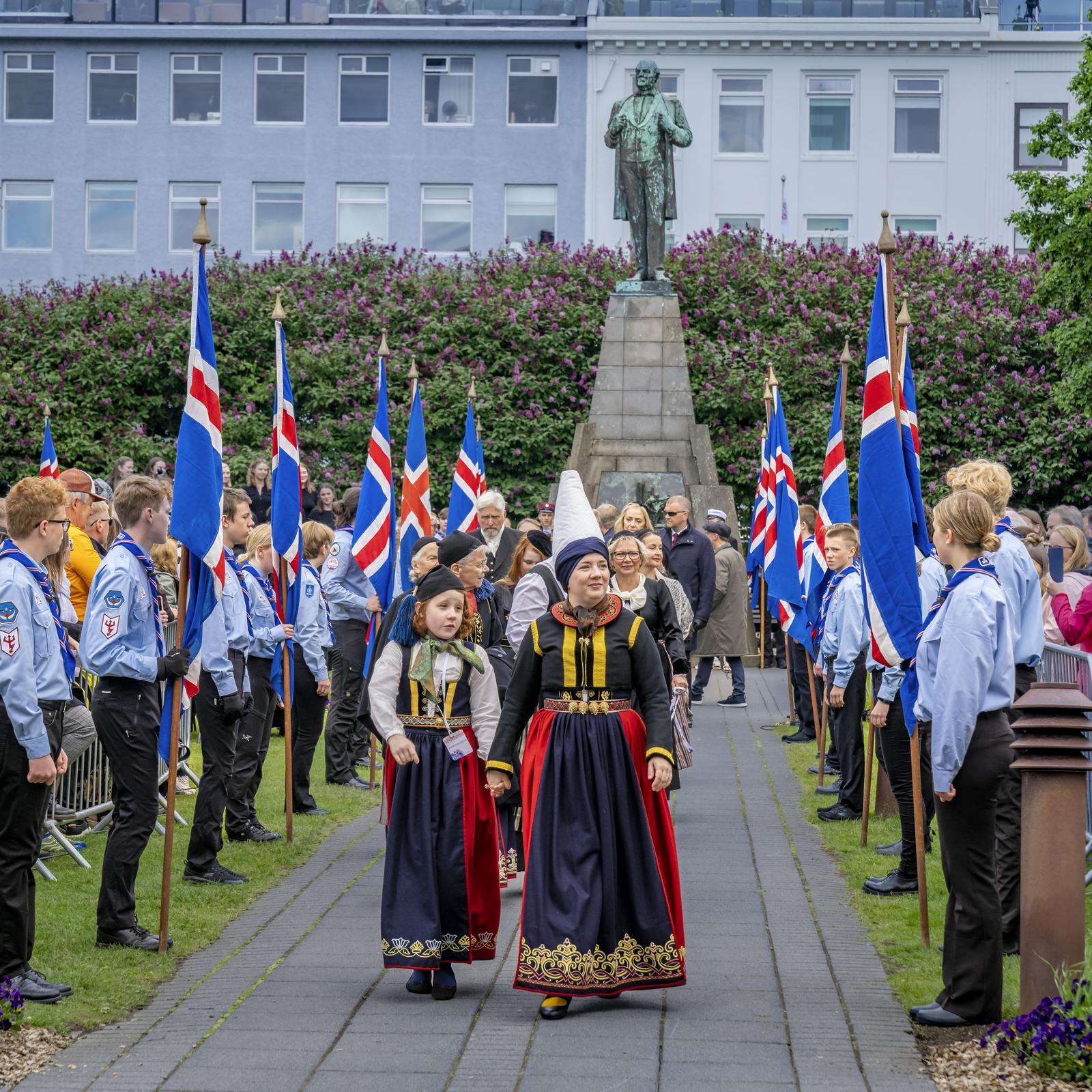
Reykjavík Arts Festival and The Fringe
The biennial Reykjavík Arts Festival will take place this year between June 1st and 16th. The event features every conceivable art form, from sculpture to dance, street theatre, and music, at various venues around the city.
Highlights this year include a new musical work from Jónsi, singer in the legendary Icelandic band Sigur Rós, and a concert by the genius English multi-instrumentalist Jacob Collier.
Immediately following the Arts Festival is its more informal sister, The Reykjavík Fringe Festival, which runs from June 17th to 23rd. This festival offers an irreverent and more alternative take on the concept of an arts festival.
Festival of the Sea and The Underwater World
Fishing has long been an important activity for Icelanders, and since the 1930s, the first Sunday in June has been set aside to celebrate the brave and hardworking fisherfolk on whom this industry relies.
This year's Fisherman's Day (Sjómannadagurinn) falls on June 2nd, and you can join in the celebrations at Grandi, Reykjavík's old harbour. The Reykjavík Maritime Museum will be hosting a Festival of the Sea, which will include free admission to the museum and to the Óðinn coast guard vessel.
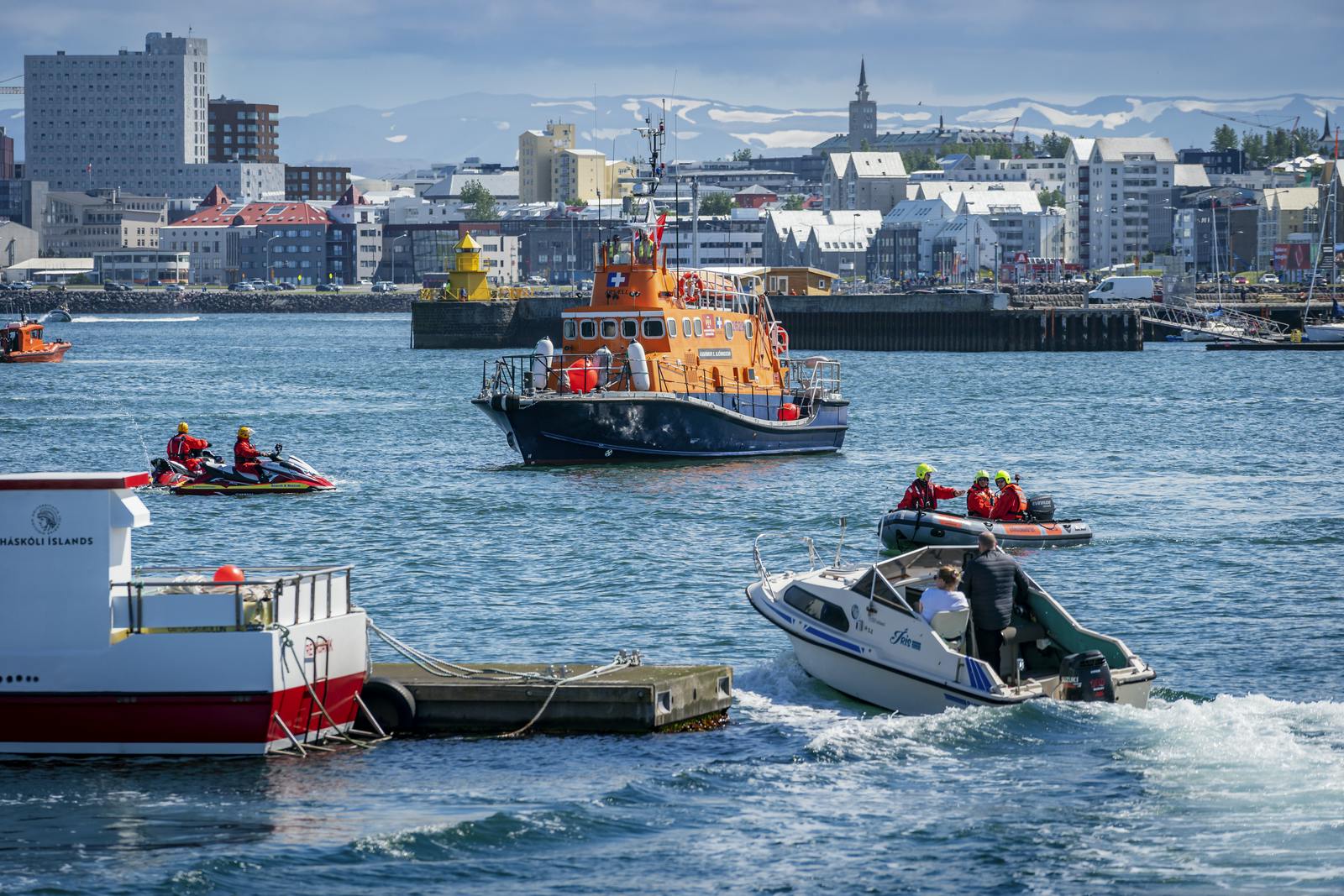
You can also learn more about the close relationship Icelandic society has with the sea, including the fish and mammals that live all around our coastline, in Perlan's Underwater World exhibit.
Fun on the Midnight Sun Run
If a city run under the midnight sun is your kind of thing, keep the evening of June 20th clear and sign up for a 5km, 10km, or half-marathon event.
The Suzuki Midnight Sun Run takes place every year on or around the summer solstice, following a course through Reykjavík's Laugardalur valley. As the sun won't set until midnight, your evening run will be fully illuminated.
Viking Festival
Iceland’s Viking heritage is deeply rooted in Norse settlement, and if you’re fascinated by early Icelandic history, you’ll love the Viking Festival, which runs from mid-June in Hafnarfjörður. (Technically, that's the next town over from Reykjavík, but it's easy to get there on one of the city's Strætó public buses.)
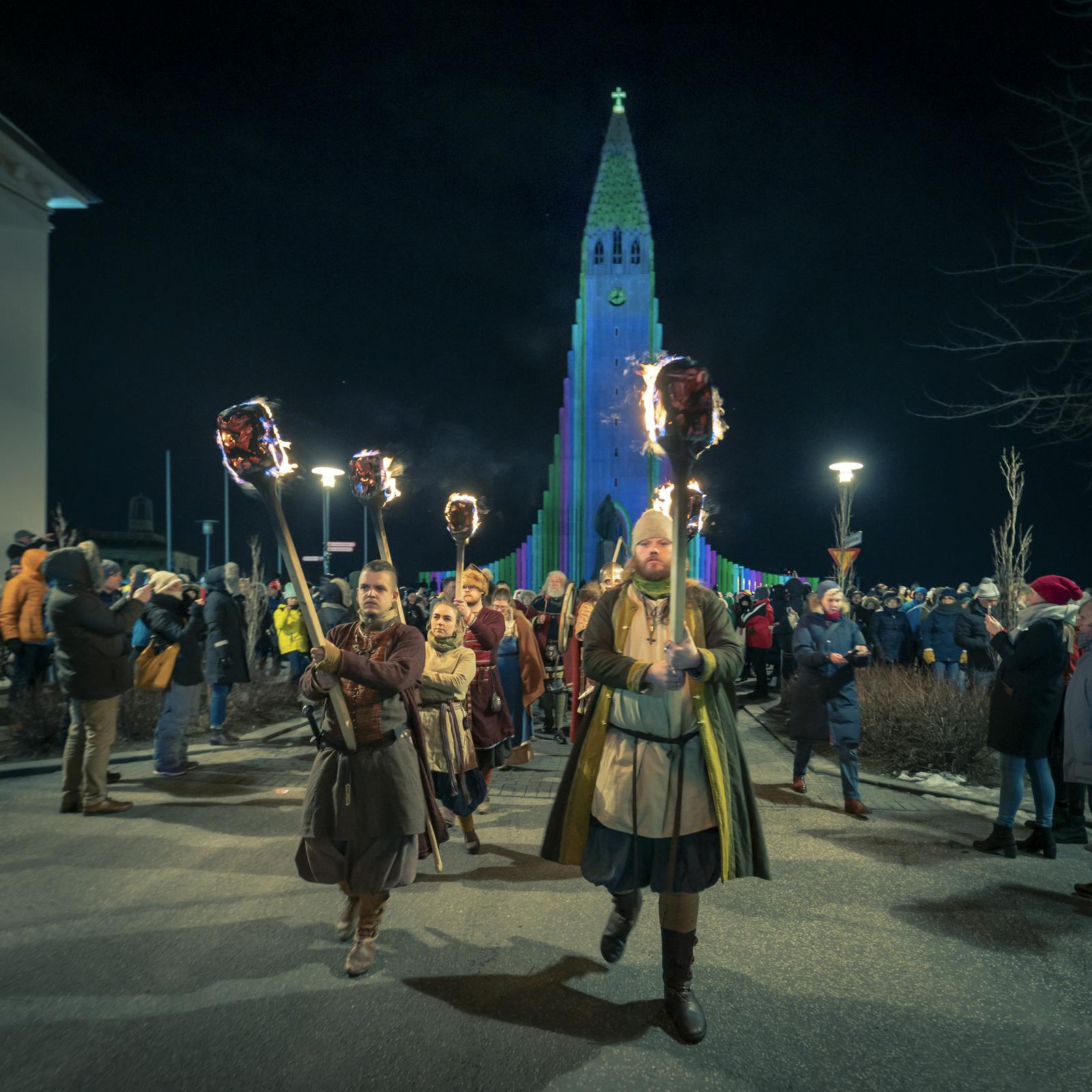
Viking mythology will be celebrated and lifestyles recreated by local historical enactment groups, with markets, food, storytelling and full-on battles in the town's Víðistaðatún Park.
Why June Is a Magical Time to Visit Reykjavík
Reykjavík in June offers some of the most memorable summer experiences in Iceland, filled with festivals, cultural events, outdoor adventures, and endless daylight. Whether you want to explore Icelandic history, attend world-class arts performances, run under the midnight sun, or learn about Iceland’s glaciers and ocean life, Reykjavík in June offers unforgettable experiences.
For the ultimate Icelandic summer day, make sure to visit Perlan, home to the Ice Cave, Glacier Exhibition, Underwater World, and Northern Lights Planetarium.
Reykjavik in June FAQ
Is June a good time to go to Iceland?
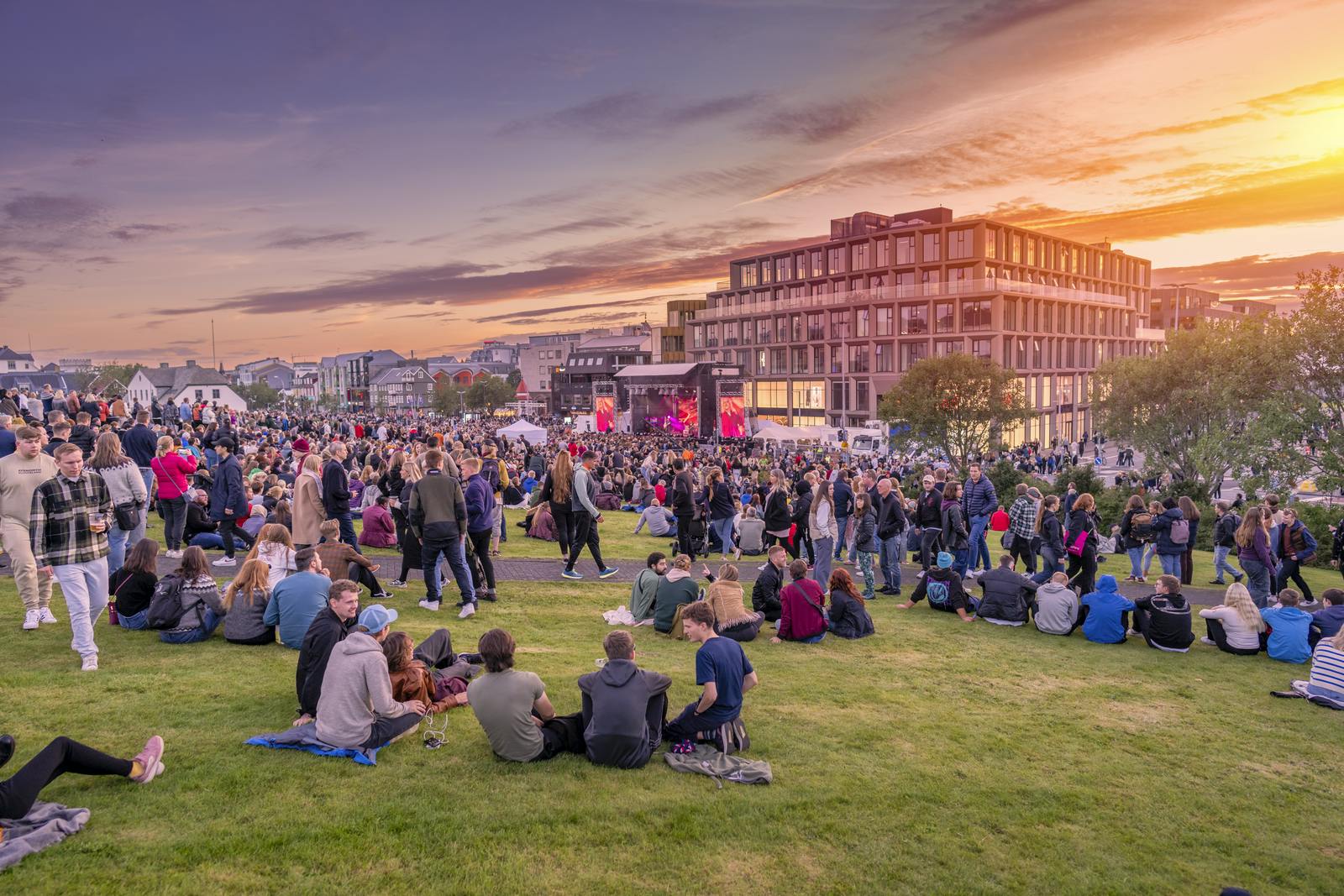
Yes, June is one of the best months to visit Iceland, with mild weather, long daylight hours, and fully open summer activities. Driving conditions are easy, many F-roads reopen, and natural attractions can be visited early or late thanks to the midnight sun. Just bring an eye mask, as the bright nights can affect sleep.
Is Iceland cold in June?
Reykjavík averages around 9°C (48°F) in June, but temperatures can swing several degrees in either direction. Natural ice caves aren’t accessible due to summer thawing; fortunately, Perlan enables you to experience the wonders of an Icelandic ice cave through our ice cave and glacier exhibit, which is open all year round. Make a visit to the top of your list of things to do in Reykjavík in June, and marvel at the real 100-metre deep cave created using 350 tonnes of Icelandic mountain snow.
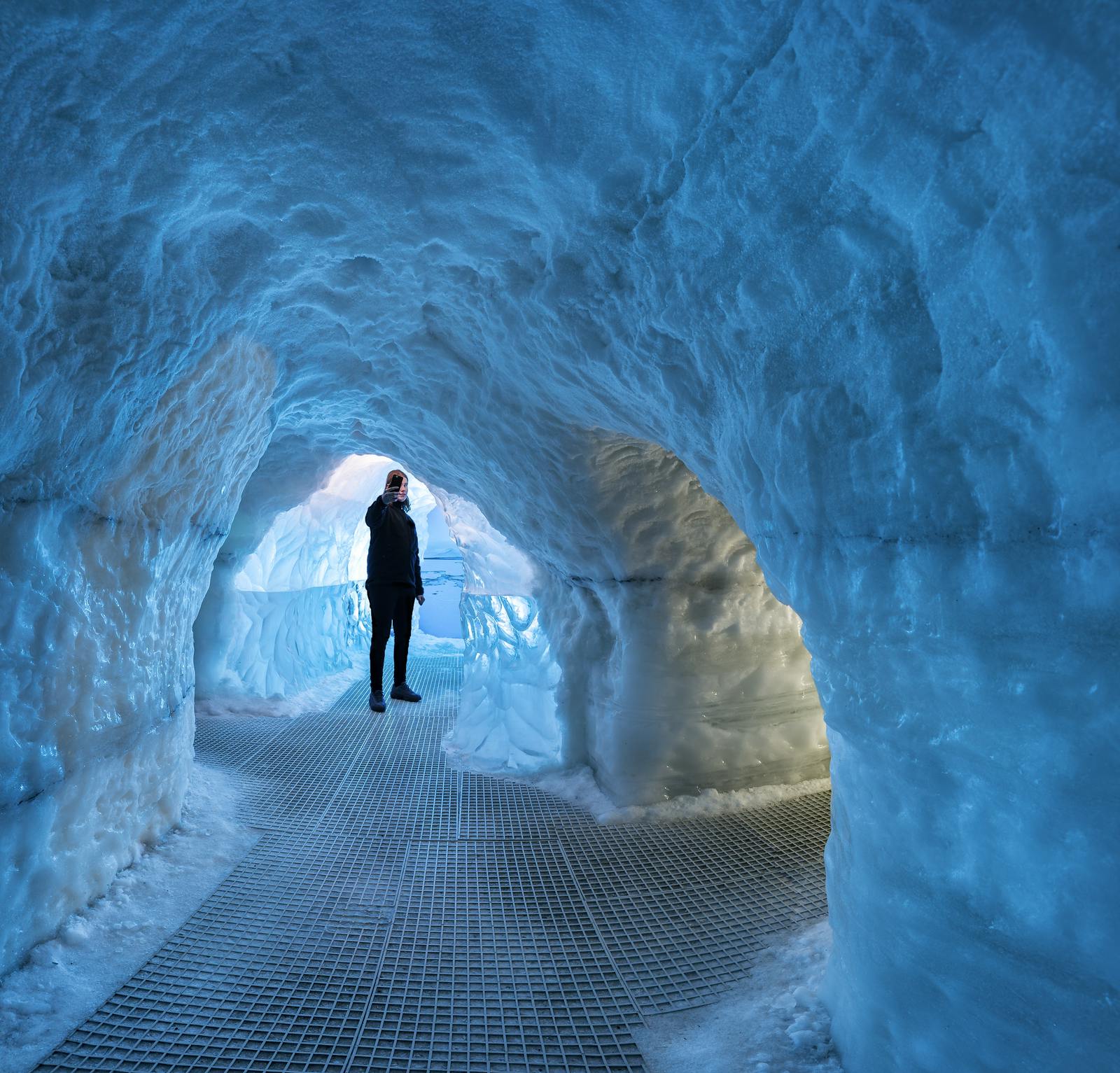
How should I dress for Iceland in June?
Dress in layers so you can adapt to changing weather: base layers, a fleece, a waterproof jacket, and hiking trousers. Even in summer, wind can make remote areas feel chilly, so pack a beanie, gloves, and sturdy walking shoes or boots.
Is Iceland very expensive?
Compared with wherever you come from, probably yes. In a country that naturally produces little more than sheep, fish, and geothermal energy, most goods, including food, are imported, and that is reflected in prices. Restaurants and bars tend to be more expensive than many international visitors might expect, but you can counter that by choosing self-catering accommodation.
What is the best time to see the northern lights in Iceland?
You can’t see the northern lights in June because the midnight sun keeps the skies too bright. However, if you are in Iceland in June, then Perlan can offer you an amazing aurora experience through our northern lights show. Learn about the science and mythology of the aurora borealis in our high-definition planetarium, the only one of its kind in Iceland, by making a day out at Perlan one of your things to do in Reykjavík in June.







